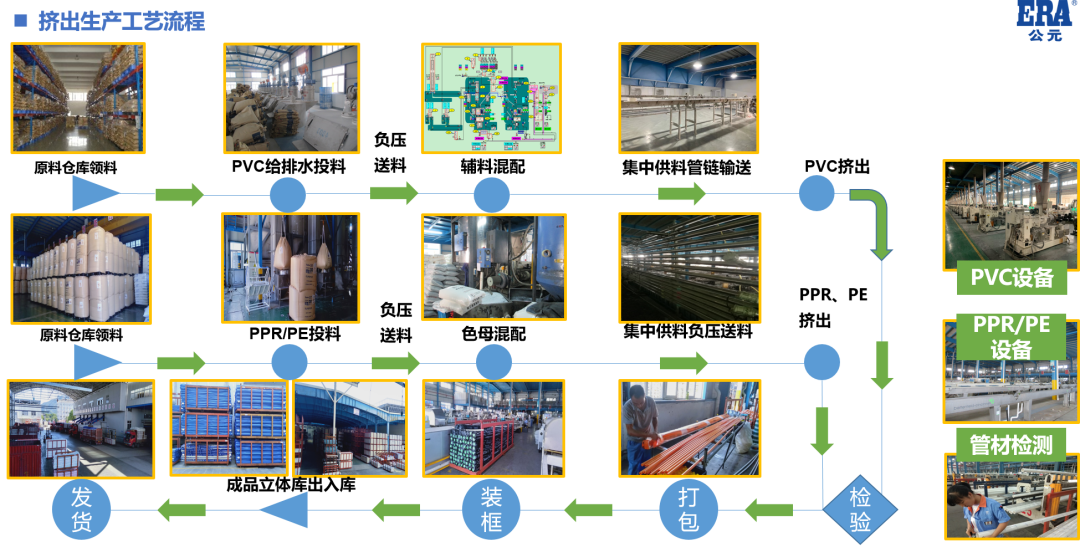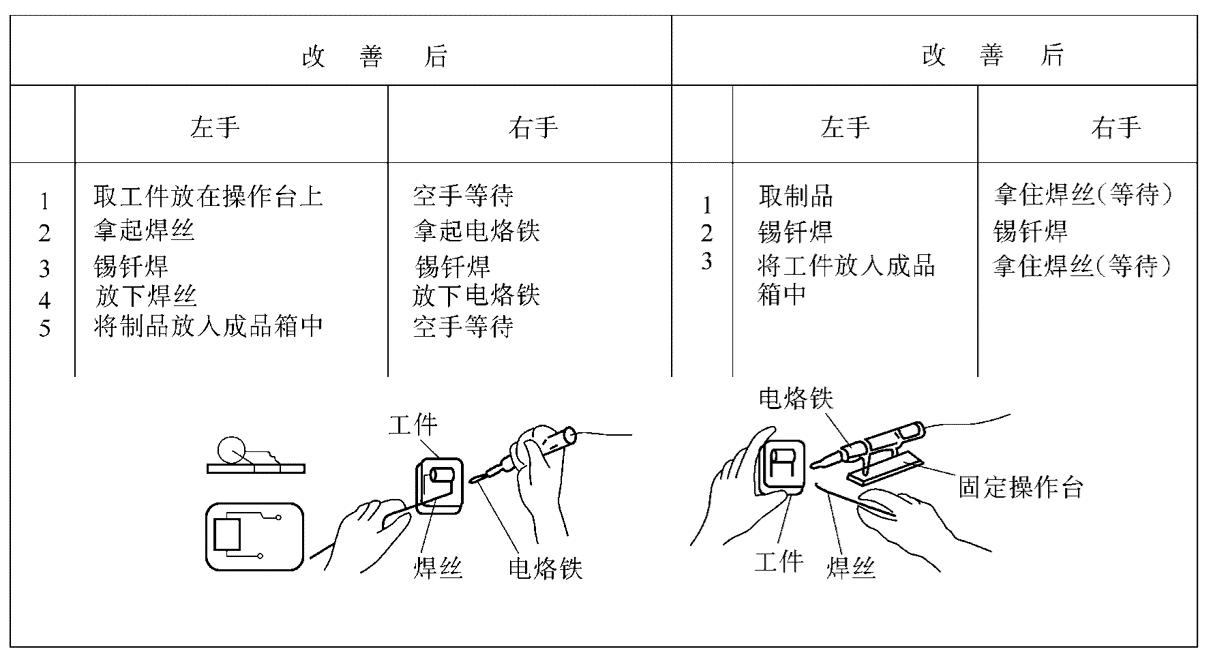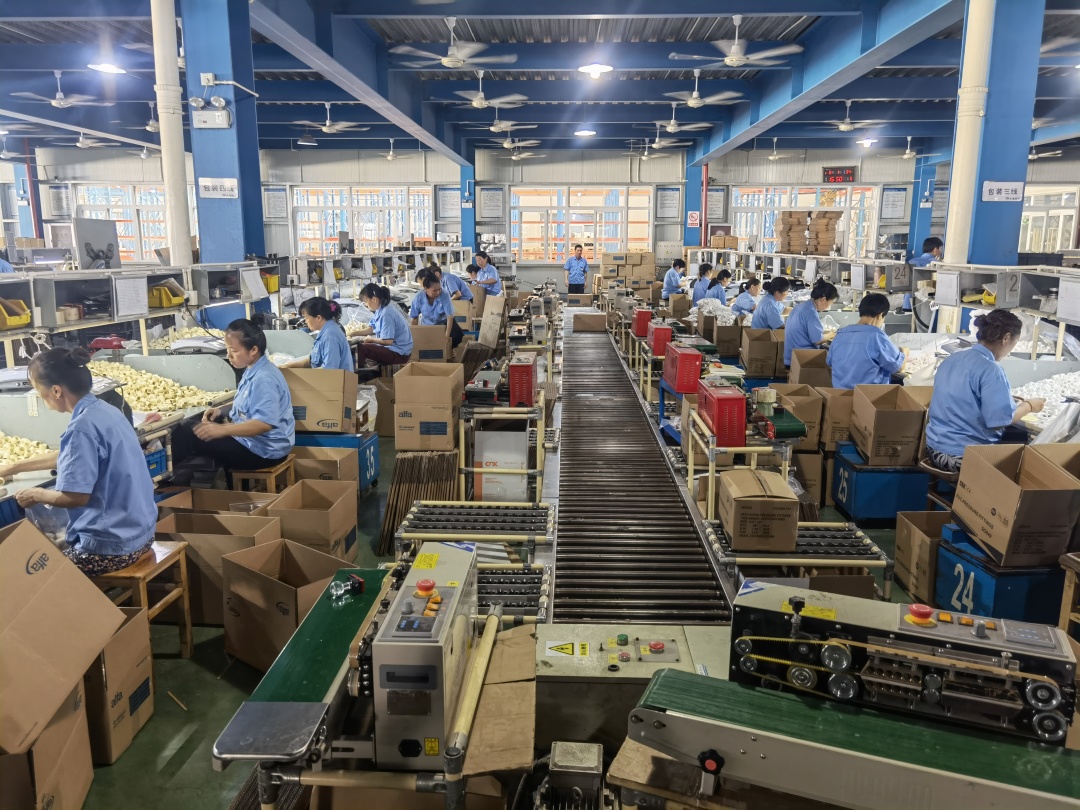Check the process flow
A diagram that describes the steps and routes of a process is called a flowchart. It includes two categories: workflow and technological flow, but the essence is the same, with which complex processes can be represented by visual diagrams.
Process or workflow is a unit process or work general route, it image reflects the process or work procedures, departments and processes after connection, judgment or inspection of the processing procedures, to an enterprise or a department to find problems, should start from the process, "follow the vine and feel the melon" to analyze the whole process of existing production and work.

Which processes are unreasonable, where there is backflow, where there is a pause, and which process routes and links can be canceled, merged and simplified?
Analyze and determine whether each link of the flowchart is under control? Does the inspection serve as a gatekeeper? Are horizontal linkages in place? Is it unobstructed? Do you need to build or add new pathways?
From each link of the flow chart and the transmission route, analyze whether the work functions of the existing departments are in place, and whether the existing institutions should be adjusted or reorganized?
The floor plan is adjusted upwards
Some factories have not carefully designed the site layout and equipment layout in the early stage of construction, or due to the continuous development of production, the continuous addition of equipment, disrupting the layout, or due to the change of product structure, resulting in unreasonable plant or equipment layout, so that the product and workpiece in the production of the transportation route is too long, which is creating waste hidden dangers every moment, must be determined to change.
The plane route cannot be seen on the process flow chart, and an arrow on the flow chart may actually go tens of meters, so it is necessary to further find benefits on the floor plan.
By analyzing the operation mode and equipment configuration, according to the flow direction of the production process, whether there is a duplicate route and reverse flow, find out the unreasonable part, reasonably adjust and design a new layout, to shorten the process route and the operator's walking distance, reduce unnecessary waste of resources.

Many times, we have to be surprised that a small change, the result is that the movement of a device will bring tens of meters or even hundreds of meters of distance savings, or even save more space.
Do the math on the assembly line
The production line and assembly line should be carried out according to a consistent rhythm so that the production can be balanced.
Some enterprises often have a situation of "working in front, looking behind, going ahead in advance, and working overtime in the back". One of the reasons is that the movement method is unreasonable, and the other is the uneven beat.
A barrel made of many planks of different lengths determines its capacity not by the longest plank, but by the shortest plank. Similarly, on the assembly line, the person who does it the slowest is the one who determines the final efficiency of the assembly line.
The balancing efficiency of the production line or assembly line = the sum of the net operating time of each process / the working time of the longest operation × the number of personnel. The balance rate of many production lines is often less than 50%, if the long-term process is simplified, accelerated, substituted, or split, the short-time process is balanced by merging, increasing and so on. The production efficiency of the entire production line will be greatly improved, and the nesting and accumulation caused by the slow individual processes will be eliminated.
The action element is minus one
Any operation is based on manual action as the basic unit, assembly process, processing process and other processes with manual labor as the main body, and action is a very important factor in generating benefits.
The main purpose of action analysis is to eliminate redundant movements, invalid movements or slow movements, such as bending over, squatting operations, poor workplaces, no suitable tools, people and things in a state of searching, etc., to achieve maximum work efficiency in the most labor-saving way. This research can greatly improve production efficiency without spending a penny.

For example, in real life, why do some people make dumplings much faster than the average person? Why do some people plant rice so much faster than ordinary people? That's because they have mastered certain knack to complete the task with the most economical movements.
Air pressure during handling
According to statistics, 25% to 40% of the processing fee is the handling fee; 70% to 80% of the process time is the time of handling and stopping; Another 85% of factory disasters occur during handling. It can be seen that it is very important to compress the handling.
To improve handling, we should optimize the handling and improve the number of handling, handling space, and handling time.
First, it is necessary to reduce the number of handling and the number of handling;
Second, in the handling space, the handling distance should be shortened as much as possible, and the handling route and frequency should be reduced;
Third, in the handling time, it is necessary to shorten the time and reduce the number of times; In terms of methods, attention should be paid to management coordination, and non-power should be used as much as possible, such as using gravity to slide on slopes or handle on conveyor belts.

The principle of rationalization of handling is to achieve almost no loss of the materials to be moved; The handling method should be scientific, civilized, and eliminate barbarism and rudeness; The handling environment is safe, appropriate and risk-free; Reduce the chance of temporary placement and try to do it once as much as possible; Reasonable planning of factory layout can effectively shorten the handling distance. When the factory plan has already been finalized, the handling distance can also be effectively shortened by rationalizing the planning process.
Ergonomics to mention
People and equipment are a pair of contradictions, and if they are not handled well, it will happen that either people and other machines or machines and other people.
Man and equipment constitute the relationship of ergonomics, in the analysis to analyze the work of the operator and the machine at the same time, whether there is a nest, waiting, invalid time, by adjusting the work sequence to improve man-machine cooperation, seek a reasonable method, so that the operation of human and machine coordination and cooperation, reduce the waiting time to the maximum, give full play to the efficiency of man and machine. Just like squeezing out the time waiting for each other, this is to benefit the joint operation of man and machine.

The key line shrinks
Almost any product is composed of several parts, usually divided into several lines or several processes to produce, and in the later stage to assemble the parts little by little, in the process of forming parts, components, it is inevitable that the workload of each process will be different. This will bring mutual constraints in the later production, and the processes with small workload will have a lot of free time, and the processes with large workload will not have a moment of rest, in other words, the time difference is zero, which has become a bottleneck in production.
The process with zero time difference is called the key route, which restricts the capacity and delivery time of the workshop, we find out the key route, to extract people and property from the non-critical route, strengthen the key route, or use parallel operations, cross operations, etc., shorten the key route, constantly modify and optimize the plan, to achieve the best goal of shortening the schedule and saving costs.
The basic skill of the production supervisor is to calculate and find out the key route according to the plan and production capacity, and the second is to continuously compress the key route and other routes to achieve the comprehensive optimization of time and cost.
There are two ways to do this:
The first method: time optimization. It is to seek the shortest work cycle under guaranteed conditions such as manpower, equipment and funds. It can buy time and quickly realize the effect of investment. Take advantage of the time difference, draw part of the manpower and material resources from the non-critical route to concentrate on the key route, or decompose the operation, increase the degree of parallel crossing between operations, increase the manpower and equipment input, and adopt new technology and new technology to shorten the continuation time of the key route.
Second method:
Time—Cost optimization. The cost of engineering projects can be divided into two parts: direct costs and indirect costs. Direct costs refer to costs directly related to each operation, such as cloth or accessories, indirect costs refer to management costs, etc., which are not directly related to each activity, but change over time, and the shorter the construction cycle, the smaller the overhead cost. Time-expense optimization is the engineering cycle when the sum of direct and indirect costs is sought to be minimal.